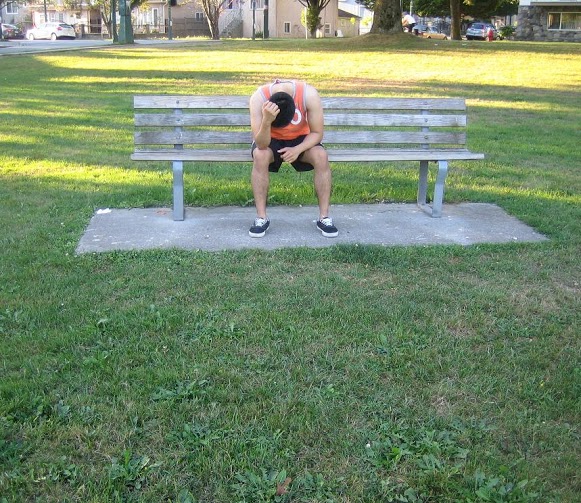Tricuspid valve regurgitation involves backward leakage of blood via the tricuspid valve as the right ventricle contracts.
Once the right ventricle contracts to drive blood forward to the lungs, some of the blood leaks backwards into the right atrium, resulting to an increase in the blood volume in the atrium. As an outcome, the right atrium becomes enlarged which alters the pressure in the nearby chambers and blood vessels.
What are the possible causes?

Tricuspid valve regurgitation often occurs from an enlarged heart ventricle. Other ailments that can also affect the condition include infective endocarditis and even rheumatoid arthritis, Marfan syndrome, injuries, rheumatic fever, myxomatous degeneration and carcinoid tumors are uncommon causes.
A vital risk for tricuspid valve regurgitation is using the diet substance known as phentermine and fenfluramine.
What are the indications?
The condition might not trigger any symptoms or might be vague such as fatigue and weakness which develop since the heart could not pump enough blood to enable the body to receive the required oxygen.
Other symptoms that might be present include:
- Enlarged liver
- Active pulsating in the neck veins
- Swollen ankles, legs and/or feet
- Abdominal swelling
- Weakness or fatigue
Management of tricuspid valve regurgitation
Treatment might not be needed if the symptoms are not worrisome. Any underlying ailment such as pulmonary stenosis or emphysema must be managed if possible and symptoms such as swelling can be treated using diuretics.
In some cases, surgical valve repair or replacement of the valve generally cures the condition but if severe cases are left untreated, it results to a poor diagnosis. This might be due to either the valve disease itself or from complications from an underlying condition responsible for the valve condition.

